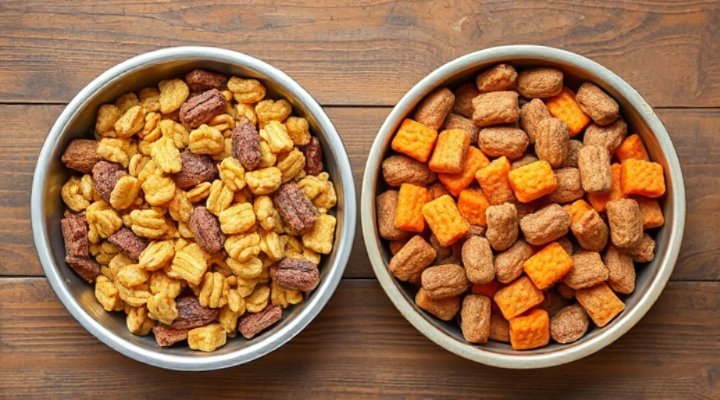Choosing the best puppy food is one of the most important decisions you’ll make as a new pet parent. Your puppy’s nutritional needs are quite different from adult dogs, requiring specific balances of protein, fats, and essential nutrients to support their rapid growth and development.

Understanding Puppy Nutritional Requirements
Puppies need approximately twice as many calories per pound of body weight as adult dogs. According to the American Veterinary Medical Association, proper nutrition during puppyhood sets the foundation for lifelong health. The best food for puppies should contain:
- High-quality animal protein (25-30% of diet)
- Moderate fat content (15-20%)
- Essential fatty acids like DHA
- Proper calcium-phosphorus ratio
- Digestible carbohydrates

Dry vs. Wet Puppy Food: Which is Better?
Both dry kibble and wet food can be excellent choices for your puppy. Dry food helps with dental health and is more convenient, while wet food is often more palatable and hydrating. Many owners choose to mix both, as we discussed in our article about freeze-dried dog food benefits.
Reading Puppy Food Labels Like a Pro
Understanding dog food labels is crucial when selecting the best puppy food. Look for:
- Named protein sources as first ingredients
- AAFCO statement for growth/all life stages
- Appropriate calorie content
- No artificial preservatives or colors
For more detailed information on ingredients, check out our guide to Diamond Naturals dog food ingredients.

Special Considerations for Different Breeds
Large breed puppies have different nutritional needs than small breeds. They require controlled calcium levels and slightly lower fat content to prevent rapid growth that could lead to joint problems. Our article on healthy dog food for small breeds covers specific needs for tiny pups.
Transitioning to New Puppy Food
When switching foods, do it gradually over 7-10 days to avoid digestive upset. Start with 25% new food mixed with 75% old food, slowly increasing the ratio. This method is similar to what we recommend in our guide to transitioning to fresh dog food.

Common Puppy Feeding Mistakes to Avoid
Many well-meaning owners make these errors:
- Overfeeding (leading to obesity)
- Feeding adult dog food too soon
- Giving too many treats
- Ignoring water intake
The FDA’s pet health tips provide excellent guidance on proper feeding practices.
Top Recommended Puppy Food Brands
While individual needs vary, some consistently high-quality options include:
- Royal Canin Puppy
- Hill’s Science Diet Puppy
- Purina Pro Plan Puppy
- Blue Buffalo Life Protection Puppy
For more brand comparisons, see our review of Purina Pro Plan vs Royal Canin.

Homemade Puppy Food: Yay or Nay?
While homemade diets can be healthy, they require careful formulation to ensure complete nutrition. Consult your veterinarian before switching to homemade meals. Our article on healthy dog food recipes provides some balanced options.
Feeding Schedule and Portion Control
Puppies typically need 3-4 small meals per day until about 6 months old, then can transition to 2 meals. Always follow package guidelines and adjust based on your puppy’s body condition and activity level.
When to Switch to Adult Food
Most dogs can transition to adult food between 12-24 months, depending on breed size. Small breeds can switch earlier (9-12 months), while giant breeds may need puppy food until 18-24 months.
Choosing the best puppy food requires careful consideration of your individual puppy’s needs. By focusing on quality ingredients, proper nutrition, and appropriate feeding practices, you’ll give your furry friend the best possible start in life.
Related Keywords: puppy nutrition guide, high protein puppy food, grain free puppy food, large breed puppy food, small breed puppy food, best dry food for puppies, puppy feeding schedule
